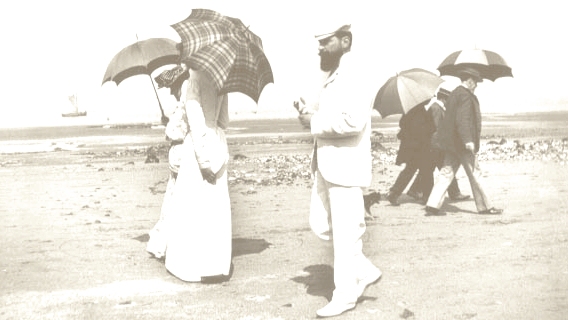Elizabeth Durack 1915 - 2000
REBECCA HOSACK: Yes. I think that she had extraordinary experiences with Aboriginal people as a young girl. I mean she used to tell me that she would sometimes the Aboriginals on the station would say, 'Come with me'. And they would go - she would go walking for three weeks not knowing when she was going to come back. I think as an older woman she - and as an artist - starting extrapolating from those experiences. And I think the persona of Eddie Burrup freed her up.Australian Broadcast Company interview
—
MATT PEACOCK: Did you discuss this with her at all?
REBECCA HOSACK: Oh, I mean we talked about it a lot. And I think part of the reason of doing the show we both felt that it was important to open the debate. But there should be a debate that's honest. It shouldn't be vicious. It shouldn't be rebarbative. If you are not going to be cross with her for crossing gender barriers - which no one is - you know, perhaps why should we be cross with her crossing race barriers? She did have a lot of experience, genuine experience, perhaps more than many white people I know - most white people I know - with Aboriginal people.
The Art of Eddie Burrup
__

Children's lives
Beyond the Picket Fence
National Library of Australia Online Exhibitions
__________
from a search for Ruby Lindsay

who died in the Spanish Influenza epidemic following World War 1, at the age of 22.
She came from an artistic family.



